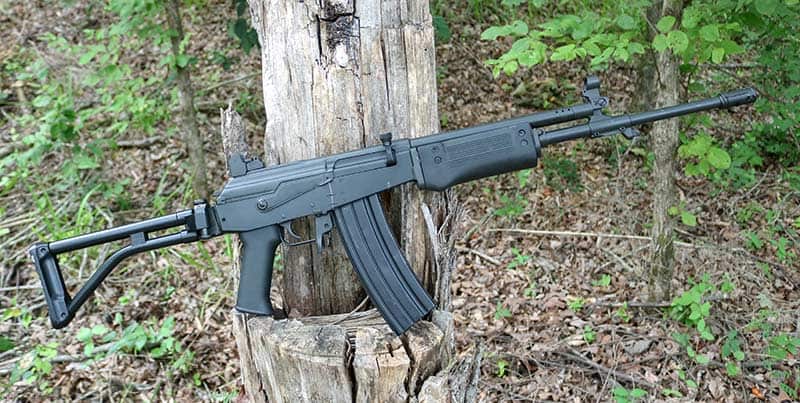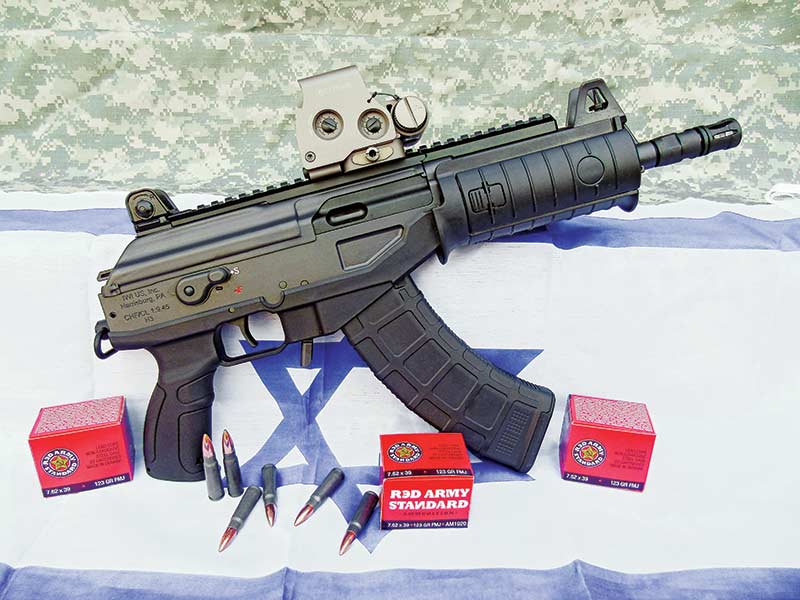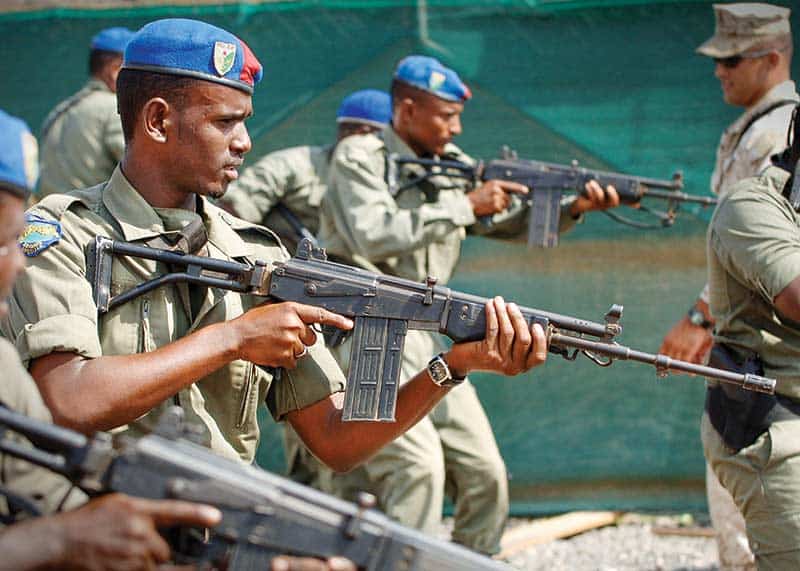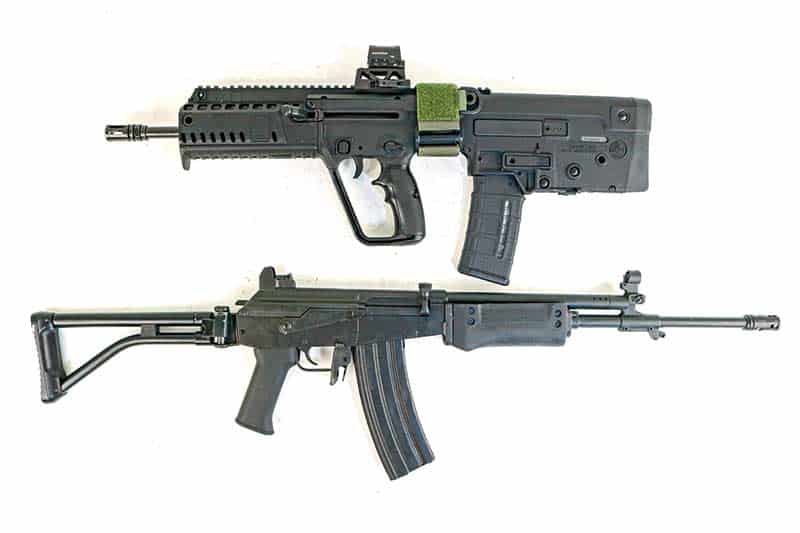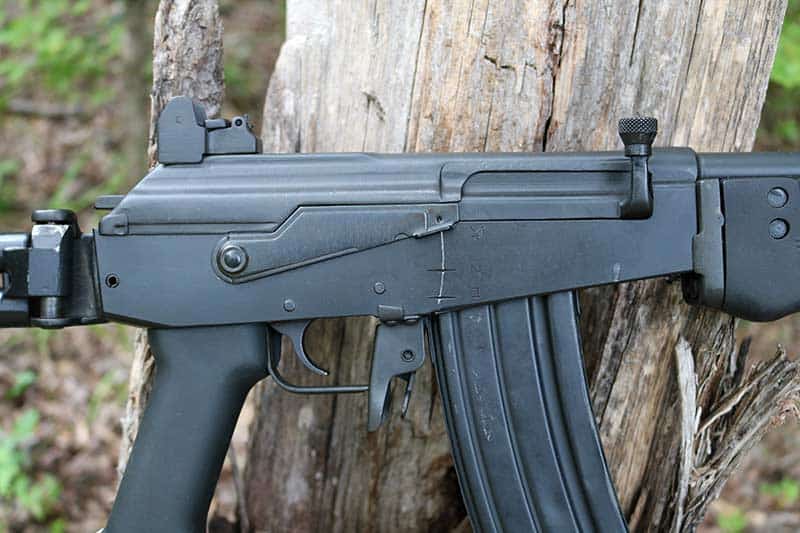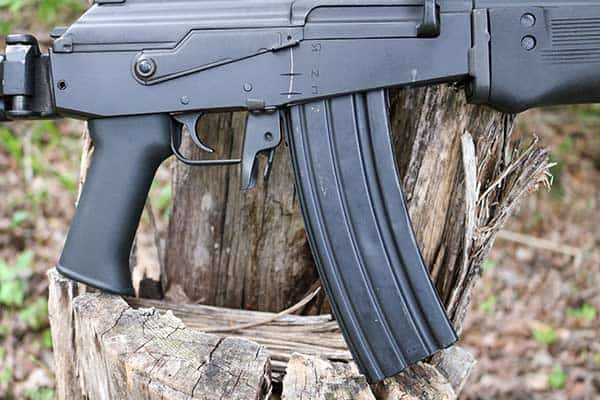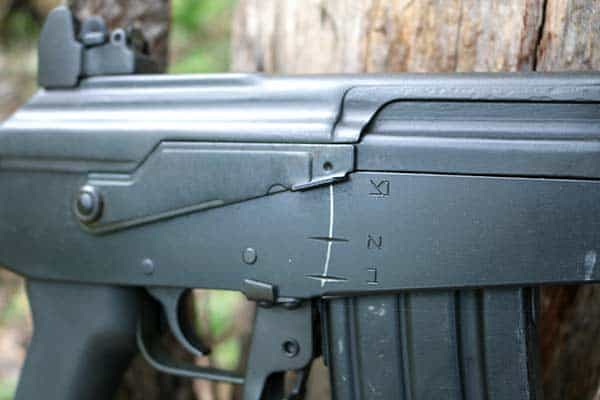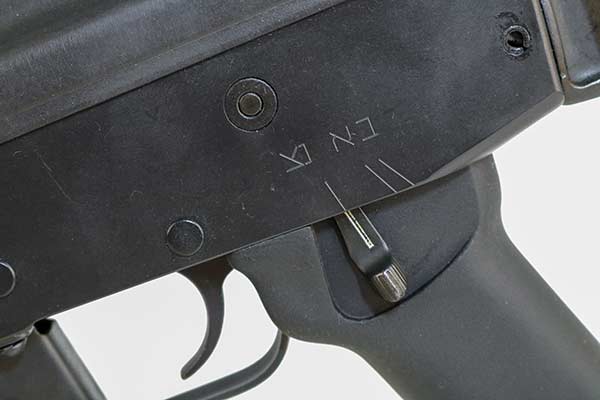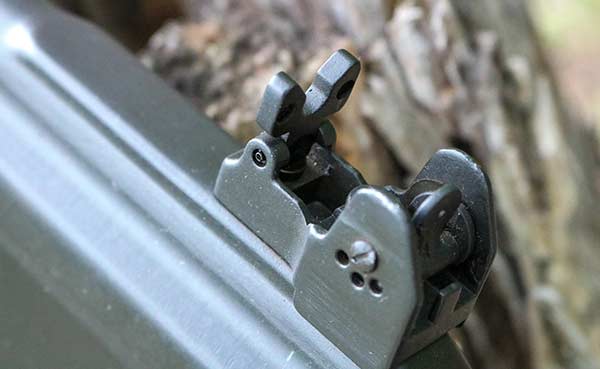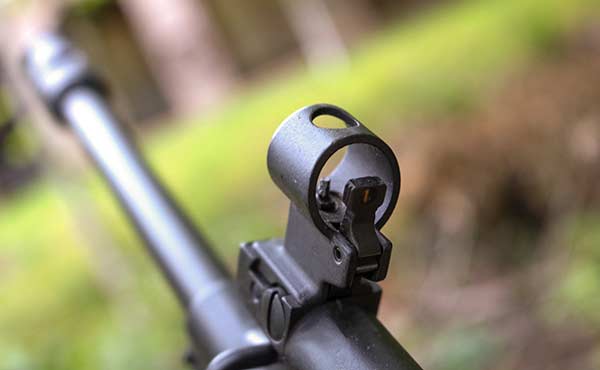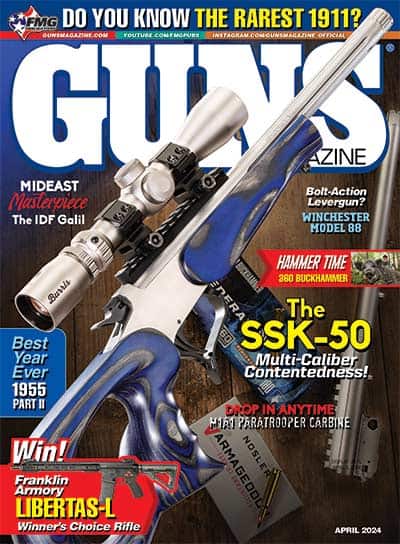Israeli Defense Industries Galil
The Rare Successful Combat Compromise
It was June 6, 1982. Chaim Abelman and his fellow Israeli Defense Force (IDF) Golani commandos were arrayed at the base of Beaufort Castle overlooking the upper Galilee in Southern Lebanon. Entrenched within the medieval structure were elements of the student battalion of the PLO Fatah movement. Members of the Golani Brigade had trained to assault this fortress for months.
Ramparts
In addition to being a prime location for artillery spotters, Beaufort Castle just dripped history. The Palestinians revered the place as a monument to Saladin’s victory over the Crusaders in 1192. The IDF saw it as emblematic of PLO control in southern Lebanon. The stage was set for an epic scrap.
Israeli aircraft and artillery began working on the old castle nearly two years before. However, the citadel’s basalt stone construction soaked up vast amounts of punishment. In the immediate leadup to this attack, the IDF redoubled its efforts to level the place. Israeli A-4 Skyhawks blanketed the site with cluster munitions. One of the strike jets was downed with an SA-7 surface-to-air missile.
The final assault had been planned for daylight with tank support. However, the tanks had either broken down or gotten ensnared in traffic. This put the Golani commandos in position at nightfall and without armor support.
Abelman’s 23-man assault unit under Moshe Kaplinksi hit the castle from the north. The resulting full-bore firefight was followed by some aggressive fire and maneuver. The remnants of the IDF assault force finally arrived at the main concrete bunker guarding the approaches to the castle. A fanatical PLO fighter with a light machinegun poured fire against the attacking Israelis.
Giora Harnik had previously commanded the Golani commandos but had been discharged from the IDF only a week before the operation. He had hurriedly returned to duty when he found out about the mission to attack the castle. Now Harnik crouched behind cover before the fortified PLO position. As he turned to lead the final assault, he caught a burst to the chest and fell dead.
Now enraged, Chaim thumbed the selector on his Galil assault rifle to the middle position, oriented on the enemy fighting position and torqued down on the trigger. The 5.56mm rounds sleeted into the emplacement. As he emptied his 35-round magazine, one of his mates heaved a heavy satchel charge into the machinegun nest. The resulting explosion killed the PLO gunner and neutralized the threat.
It took until daybreak to fully secure the castle and evacuate the wounded. By 0630 the entire facility was in Israeli hands. Five Israelis died in the assault alongside their commander. At least twice that number of Palestinians perished along with another 15 captured. In the aftermath, the Golani commandos rearmed, recovered, and got ready for the next phase of the never-ending conflict in a region forever at war.
The Rifle
The IDF used two major infantry rifles during the 1982 Lebanon War. In 1975, the United States had provided some 60,000 M16A1s. IDF troops also went to war wielding the domestically produced Galil assault rifle. The Galil was a fascinating hybrid weapon incorporating laudable features from a variety of proven designs.
The IDF fought the miraculous Six-Day War in 1967 with FN FALs. The FAL was a legendary weapon, but it was designed for use on the plains of Europe. Under harsh desert conditions the FAL struggled. However, IDF troops were deeply impressed with the performance of the enemy’s Kalashnikovs.
Once the guns fell silent, the Israelis found themselves with thousands of captured AKs. After a competition pitting the M16A1 against the HK33, the Stoner 63A and a domestic rifle designed by the esteemed father of the Uzi submachine gun, Uziel Gal, the IDF settled on the Galil. The Galil rifle was a collaborative effort designed by Yisrael Galil and Yakov Lior built around the basic chassis of the Finnish Rk 62.
The Rk 62 was a particularly refined version of the Kalashnikov made in Finland. In fact, the first Galil prototypes were built up on Rk 62 receivers illicitly smuggled into Israel. The end result was versatile, rugged and effective.
The Galil was a soldier’s weapon. The rifle fired the 5.56x45mm cartridge pioneered in the M16 via a 35-round detachable box magazine. The basic action was a long-stroke gas-piston design lifted directly from the AK. In such a dirty environment, nothing ran better.
The side-folding stock aped the paratrooper version of the FN FAL. The steel design, though heavy, was essentially indestructible. The stock folded to the right and still allowed the weapon to be fired in this configuration. To extend or collapse the stock, the operator pressed the struts down against its mount.
Particulars
The Galil design was just full of cool soldier-friendly stuff. The charging handle reciprocated with the bolt in the manner of an AK, but the appendage was cocked up at a right angle and ended with a knurled knob. This made it readily accessible with either hand.
The Galil kept the gnarly ranch-gate selector from the Kalashnikov, but it also included a handy thumb switch on the left slaved to the larger version. This made it possible to run the selector with the strong hand without breaking your firing grip. The only downside was physics dictated — the thumb selector ran backwards — the near setting was semiauto, the far position was safe and the midpoint was rock-and-roll. Thumbing the gun on safe was simple and intuitive, while putting it into action took a little body English.
The sights on the Galil were magnificent. There was a flip aperture rear sight mounted on the back of the top cover. This increased the sight radius, though the top cover mount was not as solid a foundation as was the trunnion on an AK. The rear sight was heavily fenced, while the front post was protected by a full-circumference ring. There was a superb set of flip-up luminous night sights both front and rear. All of the tritium inserts in surplus sights has long since died.
The Galil was offered in three major variants. The ARM (Automatic Rifle Machinegun) was the standard issue infantry rifle with a folding bipod and carrying handle. The AR (Automatic Rifle) was the same gun without the bipod and carrying handle. The SAR (Short Automatic Rifle) was the short-barreled carbine version issued to vehicle crewmen and support troops. The basic Galil chassis has been chambered in 5.56x45mm, 7.62x51mm and .30 Carbine.
The bipod on the ARM incorporated a wire cutter. The handguard that accepted the bipod when folded also famously included a bottle opener. It seems IDF troops had been using the lips of their magazines to open soda and beer bottles and deformed them in the process. The bottle opener solved the problem.
The 35-round box magazine rocked in and out of place like the AK. The GI Galil cycled at 650 rounds per minute on full auto. The open forearm meant the top of the barrel got wicked-hot fairly quickly. You just have to remember not to touch it. The original flash suppressors included a retention spring for use with rifle grenades.
All Galil rifles were built around a fairly heavy milled receiver with lightening cuts. While this made for an inimitably-robust infantry weapon at 9.6 lbs. empty, the ARM was undeniably portly. The combination of its ample mass and the expense of production ultimately curtailed its use in the IDF.
Ruminations
Because the Galil was so heavy, many IDF troops preferred the M16 or its subsequent lightweight carbine variants. Though the Galil was used extensively in the 1982 war in Lebanon, I never could determine for certain if it was the specific rifle being used by Golani commandos during the Beaufort assault. I used a spot of poetic license to pull the introductory narrative together.
The original Galil was produced in Israel from 1972 through 1998. It has seen licensed production in several countries around the world and widespread export. Subsequent variations include the Micro Galil with an 8.2″ barrel as well as a 7.62x51mm Galil Sniper version intended for the DMR (Designated Marksman Rifle) role. The Golani variant reviewed here was built up on a civilian receiver with factory-accurate markings using surplus GI parts. My Golani was a fortuitous GunBroker.com find many years ago. Four hundred copies of the Galil were purchased by the Antiguan government before being funneled on to the Medellin drug cartel.
The latest version of the rifle is the Galil ACE. It retains the milled receiver but trims down the weight via polymer furniture. The ACE includes a spring-loaded dust cover and left-sided charging handle. It remains in production today and can be seen regularly on contemporary newsfeeds in places like Haiti, Chile and Vietnam. It seems the Galil rifle will remain in service in one form or another for many years to come.
